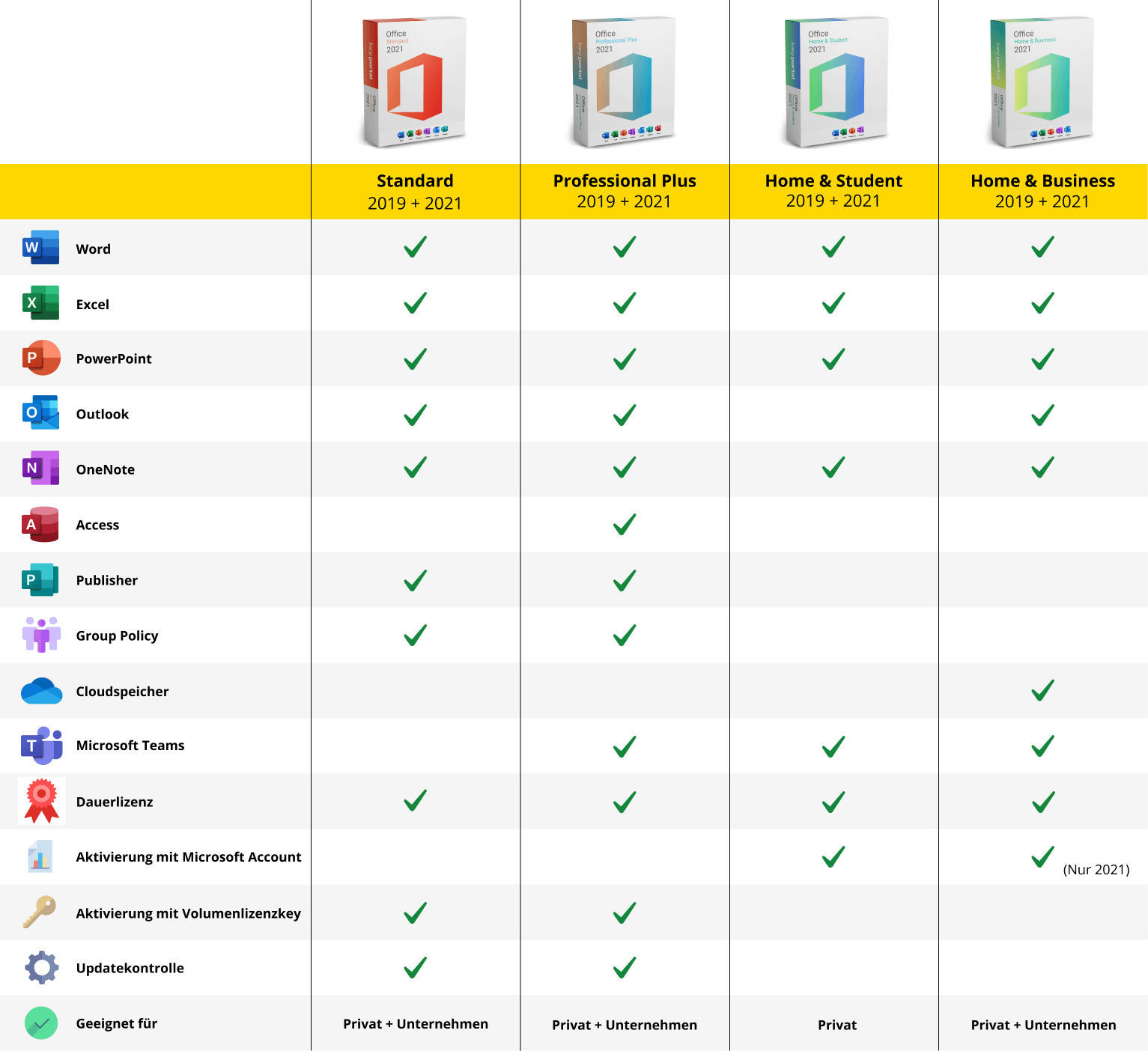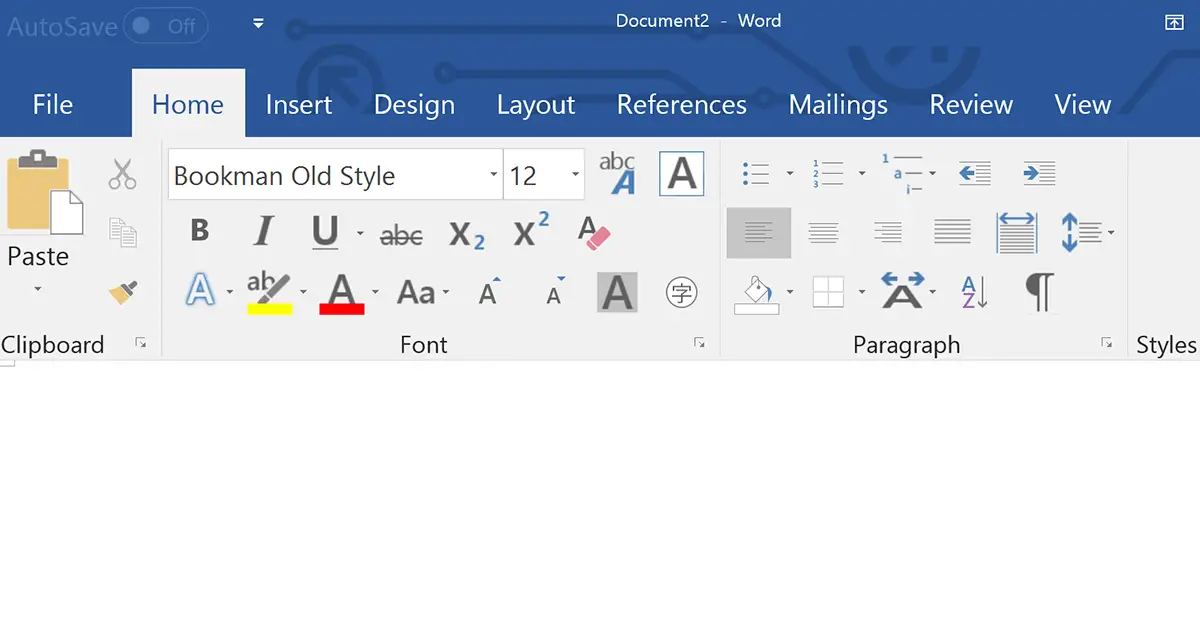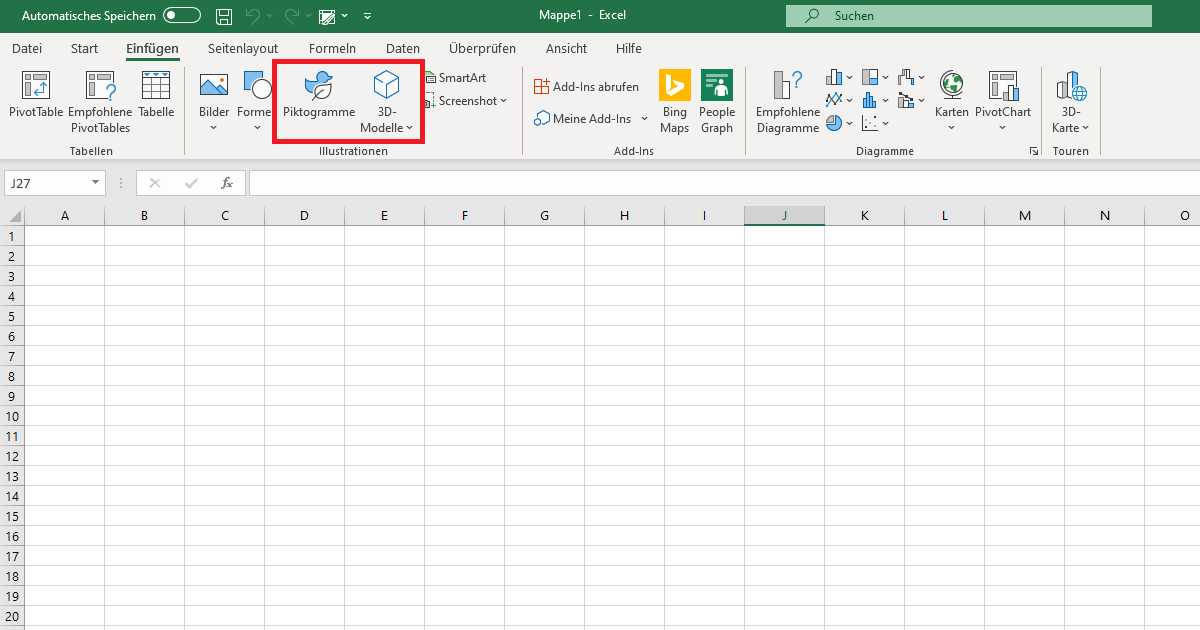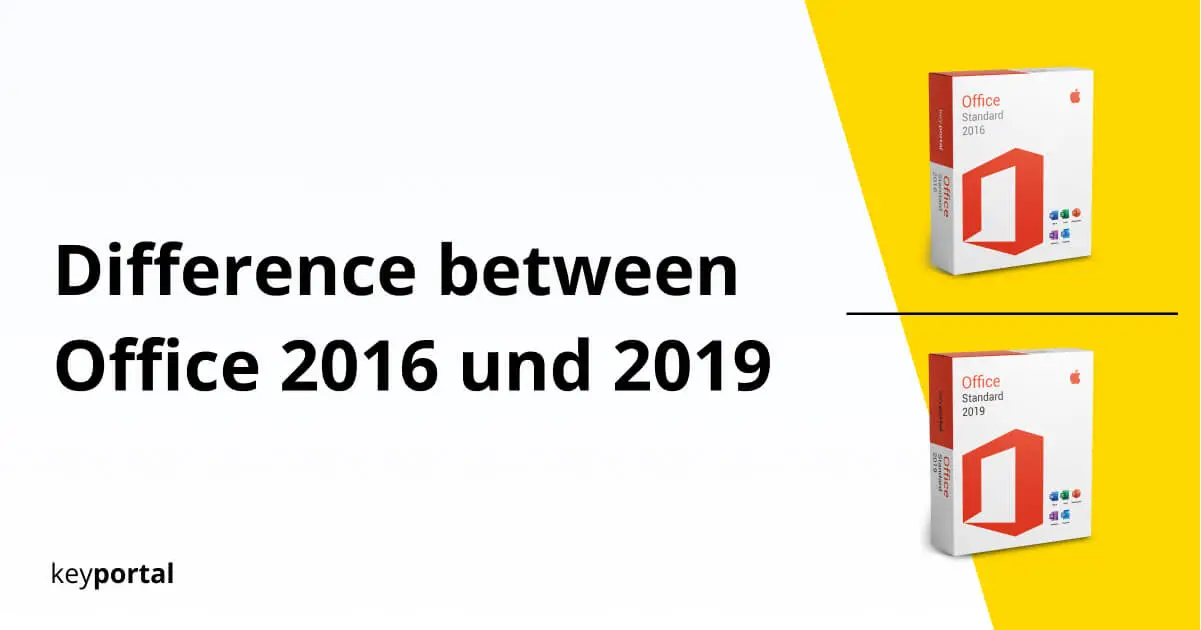If you’re wondering what the difference between Microsoft Office 2016 vs 2019 is before you buy one or the other, you’re in the right place. If you want to make a basic choice between an Office 365 subscription and the one-time license of Office 2019, you’d better have a look at our detailed comparison of the two.
To start with, we recommend you take a quick look at the contents of Office 2019 as well as the brand-new Office 2021:

In a nutshell, the price of the separate Office versions is particularly convincing. With Microsoft Office 2016 or 2019 Professional Plus, you get the full range of functions (including essential updates) at a significantly lower price. So you’ve made the right decision so far. The only thing left to clarify in detail is the difference between Office 2016 and Office 2019. But first, a brief comparison of the advantages of Office 2016 vs 2019:
What are the Benefits of Office 2016?
- Proven in use
- Cheaper to purchase
- Same support period
- Compatible with previous Windows versions
- OneNote included
Office 2019 – What’s new?
- No learning curve
- Substantial additions
- Communication through Microsoft Teams
- Click-to-run integration
- Advanced support
Whether Office 2016 or 2019, the individual case decides. In the following, we will once again go into detail about the pros and cons of both versions of Microsoft Office.
What is the Difference between Microsoft Office 2016 vs 2019?
Right off the bat, Microsoft has saved the serious changes for the Office 2016 update this time around. Instead, the focus is on the interconnectivity of the software as well as an improvement in mobile usability. At the same time, Office 2019 has more comprehensive features, which we will discuss in detail later.
But first, we will show you various plus points of Office 2016. After all, the range of programs is still worth it if you pay attention to the difference between Microsoft Office 2016 vs 2019.

Office 2016 or 2019: The Advantages of Office 2016
Since Office 2016 is partly backed by older corporate assets, there are various advantages over the current Office 2019:
- Proven in the field – Office 2016 applications have been used in the field for years. The development team thus possessed the possibility to completely eliminate far-reaching errors as well as security gaps.
- Cheaper to buy – The older version can also convince from a price point of view. Office 2016 Standard, for example, can be found at keyportal for less than $80.
- Same support period – Until recently, Microsoft products had a support period of 10 years. This was shortened to 7 years with the release of Office 2019. Thus, the official support for both versions will expire on October 14, 2025.
- Compatible with earlier versions of Windows – If your PC runs Windows 7 or 8, for example, you can only work with Office 2016. Office 2019 requires the installation of Windows 10 or higher.
- OneNote included – Meanwhile, the classic desktop variant of the popular program is missing from the Office package. OneNote is exclusively available via the App Store from Microsoft and has been optimized for touchscreens.
Thus, you now know one or two differences between Microsoft Office 2016 and 2019. So in the last section, we switch perspectives on the question of Office 2016 vs 2019.

Office 2016 vs 2019: The Advantages of Office 2019
Office 2019 includes the newer software, which has been further developed in some points, as usual:
- No acclimation period – Those who were previously familiar with Office 2016 can hit the ground running with the 2019 update. All functions and content are in the familiar places of the almost identical interface. You don’t need to switch to an alternative system specifically, as was the case with Microsoft Office 2010 vs 2016, for example.
- Substantial additions – Meanwhile, you will notice a lot of new features for all the programs that were previously only available through external add-ins. The integrated dictation function of Word, for example, represents a difference between Office 2016 and Office 2019.
- Communication through Microsoft Teams – Microsoft’s Messenger app has gone through masses of customization in recent years. Lync first became Skype for Business in Office 2016, which is currently called Microsoft Teams. With the modern brand came cloud support.
- Click-to-Run Integration – The complete installation now happens in a single step. When you launch the app, you get direct access to the entire Office suite. However, certain components such as Outlook 2019 can also be purchased separately.
- Enhanced support – Microsoft improved various areas of the software. In Excel, Word and Microsoft PowerPoint, you can now use pictograms (vector graphics), perform translations, freehand drawing as well as control accessibility. In addition, you can hear feedback via audio in Office 2019 and tablet support has been significantly expanded.
Regardless of whether you ultimately choose one or the other based on the difference between Office 2016 and Office 2019, both options are highly recommended. For example, if you switch from Office 2013 to Office 2019 Standard, you won’t want to miss the wealth of features. The choice between Microsoft Office 2016 vs 2019 is then superfluous.
